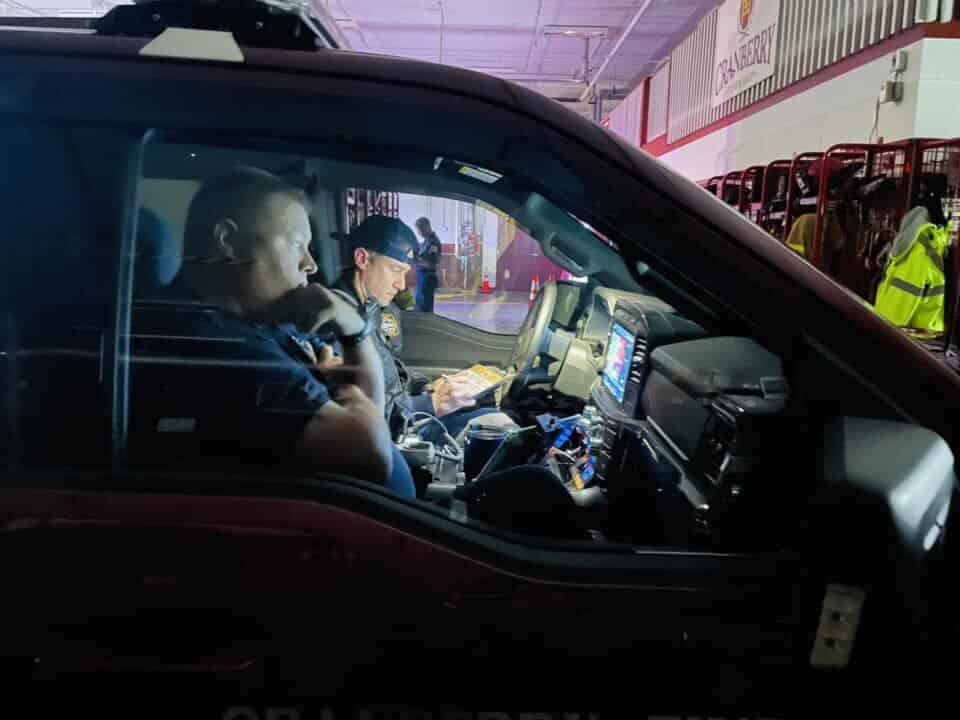As first responders, firefighters are required to retain a wealth of knowledge that must be quickly recalled in high-pressure situations. From the intricacies of fire behavior to the complexities of lifesaving techniques, the cognitive load carried by firefighters is immense. This is where understanding and harnessing the testing effect becomes not just beneficial to fire officers, but vital.
Understanding the Testing Effect
The testing effect, also known as retrieval practice, is a psychological phenomenon where long-term memory is enhanced when some of the learning period is devoted to retrieving the information through testing with proper feedback. It is the reason why, after learning something, actively recalling that information (through tests or quizzes) tends to embed it more deeply into our memory than if we were to simply review the material over and over again.
This phenomenon is crucial because it highlights a counterintuitive aspect of learning: it’s not just the frequency of study that matters, but the method. Active recall solidifies learning much more effectively than passive review.
The Relevance to Firefighting Training
For firefighters, the testing effect has profound implications. Here’s how it can be integrated into your fire training programs:
1. Scenario-Based Learning:
Just like studying for an academic test, firefighters can use fire simulations to test their knowledge of protocols and procedures. A fire simulator like SimsUshare, for instance, can present firefighters with a myriad of scenarios where they must recall and apply their training. By actively working through the simulation, they’re not just rehearsing skills; they’re embedding the knowledge deeper into their memory.
2. Decision-Making Under Pressure:
Firefighting often involves making split-second decisions under extreme pressure. The testing effect can help here by simulating high-pressure situations where firefighters must rapidly recall and implement tactics and strategies. This kind of testing doesn’t just reinforce knowledge; it also hones the ability to retrieve and use that knowledge under stress.
3. Building a Culture of Continuous Learning:
Testing should not be seen as a one-off event but as part of a culture of continuous learning and improvement. Regularly scheduled drills and simulations serve as ongoing ‘tests’, which can contribute to an environment where knowledge retention is consistently prioritized and reinforced.
4. Immediate Feedback for Better Retention:
Another key aspect of the testing effect is feedback. After a simulation or drill, immediate and constructive feedback allows firefighters to recognize what they mastered and what needs improvement. This feedback loop is essential in converting short-term knowledge into long-term, actionable skill sets.
5. Mastery of Uncommon and Complex Tasks:
Some fireground tasks are rare or complex, making them difficult to practice regularly. With fire simulations, firefighters can be ‘tested’ on these tasks, ensuring that they have the confidence and ability to perform when these less frequent events occur.
In conclusion…
For firefighters, the testing effect is more than just a study strategy; it’s a critical component of how they can improve performance, retain essential knowledge, and ultimately, save lives. By incorporating this effect into training regimes, firefighting teams not only learn more effectively but also become more adept at applying their knowledge when it matters most. The technology provided by platforms like SimsUshare can play a pivotal role in facilitating this advanced learning strategy, elevating fire officer training programs to new heights of efficacy. Click here to request a demo of SimsUshare today.
Photo credit: Cranberry Township Volunteer Fire Company

